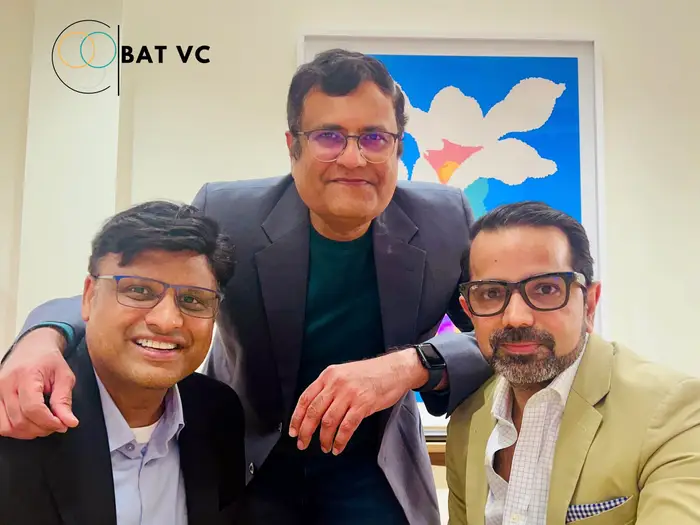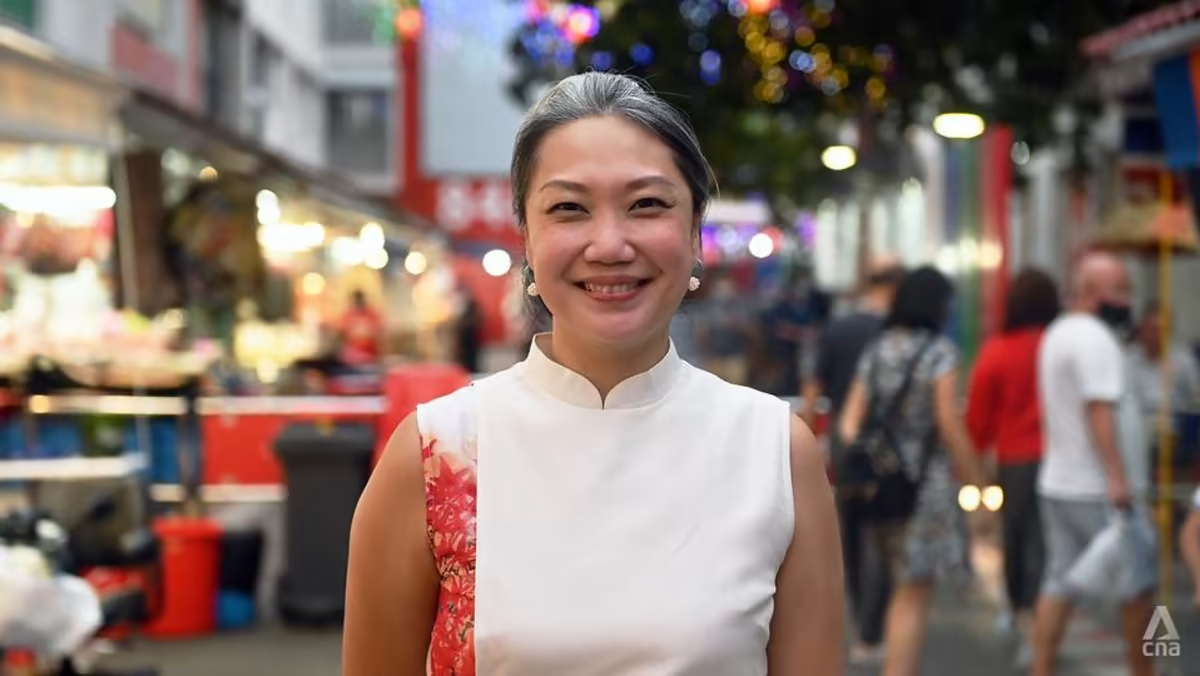Lady Gaga Singapore concerts boost tourism and reinforce the city’s global entertainment stature
Lady Gaga’s sold-out shows at the Singapore Indoor Stadium in May 2025 were more than musical events—they were economic powerhouses. Her two-night stop on the Chromatica Ball World Tour attracted thousands of regional fans and generated an estimated US$20 million in local revenue. The Lady Gaga Singapore concerts have reaffirmed the city’s role as Southeast Asia’s top destination for live entertainment and cultural commerce.
Background: A cultural highlight for Singapore in 2025
Returning to Asia after several years, Lady Gaga delivered two high-energy, fully booked performances in Singapore. Fans traveled from across the region—including Malaysia, Thailand, Japan, and the Philippines—to witness her elaborate staging, theatrical visuals, and iconic hits.
The concerts didn’t just entertain. They turned Singapore into a cultural focal point. For many attendees, the event became a reason to extend their stay and explore the city’s broader attractions.
Tourism impact and commercial momentum driven by Lady Gaga concerts
The Singapore Tourism Board, alongside event promoters, launched curated travel packages that combined concert experiences with local tours and premium hotel stays. Hotels near the Kallang venue reported near-full occupancy. At the same time, restaurants and retail outlets saw a significant spike in foot traffic and weekend sales.
Local and international brands aligned their marketing with Gaga’s aesthetic. Pop-up events, themed retail campaigns, and viral social content targeted her Millennial and Gen Z fans. According to analysts, the concerts drove a measurable rise in travel bookings and dining revenue. The total economic impact was estimated at SGD 27 million (US$20M) over just four days.
Editorial insight: Singapore’s entertainment status goes global
The success of the Lady Gaga Singapore concerts solidifies the city’s standing as a premier entertainment hub. Singapore’s strengths—world-class infrastructure, safety, and efficiency—make it a preferred stop for international artists. In recent years, the city has welcomed global acts like Coldplay and BLACKPINK, further boosting its profile.
These events do more than fill stadiums. They position Singapore as a crossroads for culture, commerce, and diplomacy. The intersection of live performance, tourism, and branded content boosts both economic growth and soft power. As cities like Bangkok and Jakarta increase investments in entertainment, Singapore must continue to lead.
Conclusion: Can Singapore keep its edge as Asia’s top concert stage?
Lady Gaga’s two-night tour stop showed how live music can spark widespread benefits—from tourism surges to social buzz. With strong government support for the arts and a steady pipeline of major events, Singapore is likely to remain a core stop on the global concert circuit.
However, continued success will require more than logistics. To stay ahead, Singapore must expand creative programming, embrace cross-industry innovation, and take cultural risks. If it can, the Lion City won’t just host global icons—it will help shape Asia’s entertainment future.
Read more on travel, entertainment and sports features.














